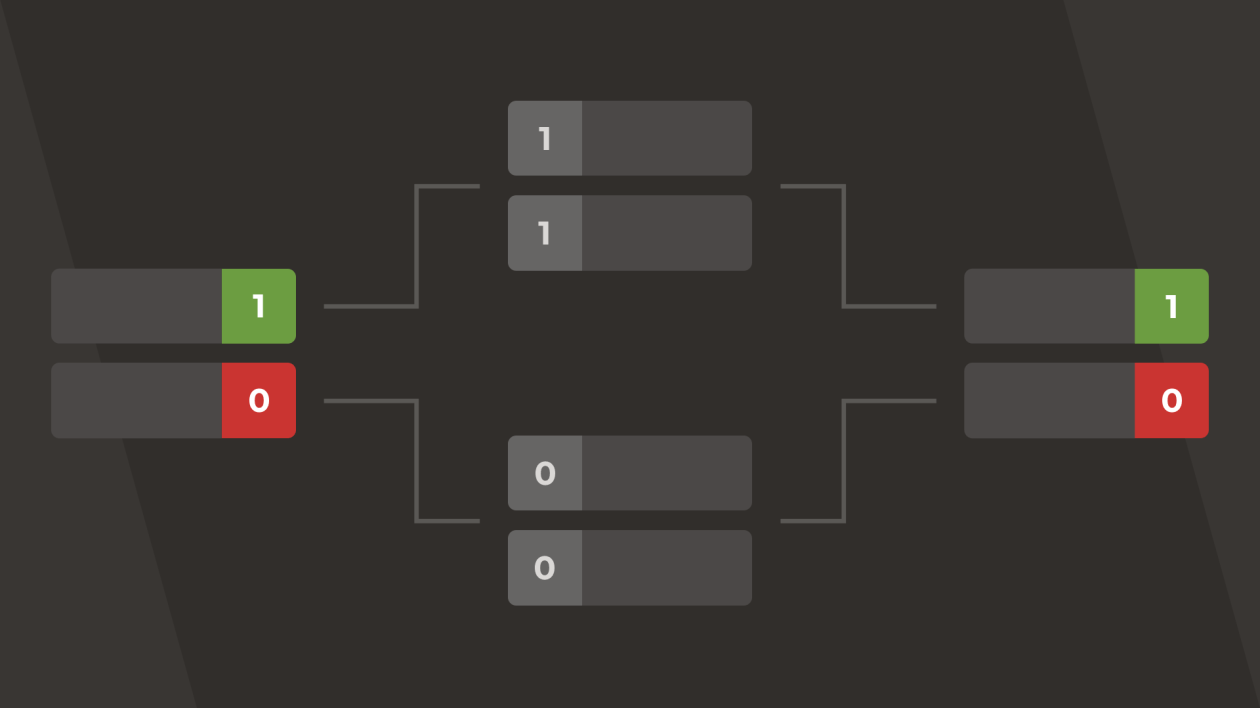I don’t know when it happened exactly—somewhere between my third instant noodle of the night and a fight outside our building—but I became completely obsessed with tournament scoring.
Not playing. Not winning. Just… how they rank you.
The Swiss system looked simple when I first saw it: winners play winners, losers play losers, and it keeps going until someone floats to the top. But once I started digging, it got murky. It’s like looking into a swimming pool that’s clear on the surface, but the deep end’s hiding a kraken made of spreadsheets.
I wanted to understand it. Fully. So I opened a spreadsheet and made this:
| Player | Round 1 | Round 2 | Round 3 | Round 4 | Round 5 | Final Score |
|---|---|---|---|---|---|---|
| Leo | Win | Win | Loss | Win | Loss | 3 |
| Marta | Win | Loss | Win | Loss | Win | 3 |
| Dani | Loss | Win | Loss | Win | Win | 3 |
| Alex | Win | Win | Win | Loss | Loss | 3 |
| Sofia | Loss | Loss | Win | Loss | Win | 2 |
| Bruno | Loss | Loss | Loss | Win | Loss | 1 |
At first glance, you’d think the top four all tie for first, right? But tournaments don’t just hand out medals to whoever gets lucky. That’s where tiebreaks come in.
Here’s how Buchholz works: take the sum of your opponents’ final scores. If you played stronger opponents overall, your Buchholz score is higher, and you rank higher.
Let’s say:
- Leo played Marta (3), Sofia (2), Alex (3), Bruno (1), and Dani (3) → Buchholz: 3 + 2 + 3 + 1 + 3 = 12
- Alex played Bruno (1), Dani (3), Leo (3), Marta (3), Sofia (2) → Buchholz: 1 + 3 + 3 + 3 + 2 = 12
Still tied.
But if Marta played Sofia (2), Leo (3), Bruno (1), Alex (3), Dani (3)
→ Buchholz: 2 + 3 + 1 + 3 + 3 = 12
Okay, bad example. Let’s assume Dani played three low scorers:
→ Buchholz: 1 + 2 + 1 + 2 + 3 = 9
So even though everyone scored 3 points, Dani would place below Leo, Marta, and Alex because he beat easier opponents.
I love this. It feels… just. Not perfect, but better than “flip a coin” or “who’s louder.”
I also found something called Sonneborn-Berger, which sounds like a Scandinavian detective show but is actually another tiebreaker. It works like this:
- If you beat someone, you get their full final score added to yours.
- If you draw with someone, you get half their final score.
- If you lose, you get nothing (emotionally accurate).
So if I beat Marta (3 points), I get 3 points added to my Sonneborn-Berger score. If I draw with Sofia (2 points), I get 1. Lose to Alex (3 points)? Nada.
It’s like a prestige bonus. If you beat good people, your tiebreaks reward you.
Some people find it too elitist. I think it’s kind of beautiful. Like karma, but spreadsheet-based.
The Leo Strength Index™ (Totally Unofficial)
Naturally, I invented my own scoring system. It adds bonus points for:
- Showing up early (+0.5)
- Not sighing dramatically after losing (+0.5)
- Bringing snacks for the group (+1)
- Saying “good game” even if it wasn’t (+0.5)
- Not trying to explain The Queen’s Gambit like you discovered it (+1)
It didn’t change the rankings much. But it made me feel better about coming fourth.
There’s a fantastic explanation of tiebreak systems here from the US Chess Federation if you want to melt your brain slightly slower than I did.
I know I’m going too deep. No one else at school cares. Mr. Santos told me to “keep it simple” when I offered to run pairings next week. But I can’t help it. Understanding the system makes me feel like I belong in it. Like maybe there’s a place where logic wins over volume. Where the loudest kid doesn’t automatically come first.
Next week, I’ll try running a practice tournament at school. Proper Swiss. Printed pairings. Tiebreaks. Maybe snacks. Probably a disaster.
But I’m excited.
And slightly terrified.
Same as always.
—Leo


